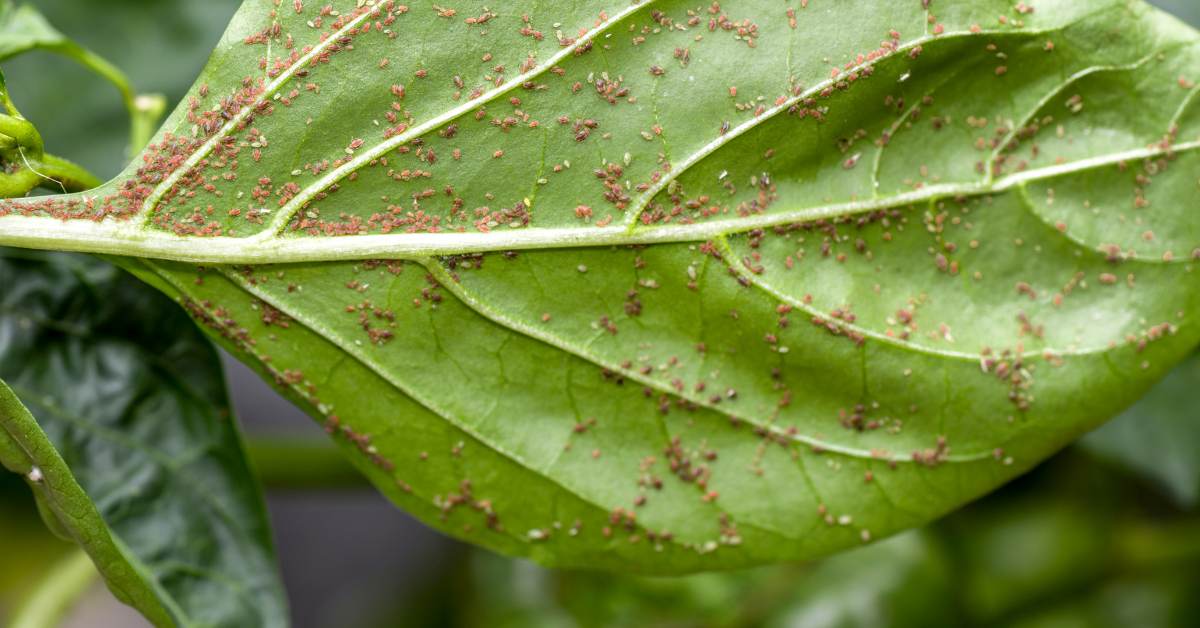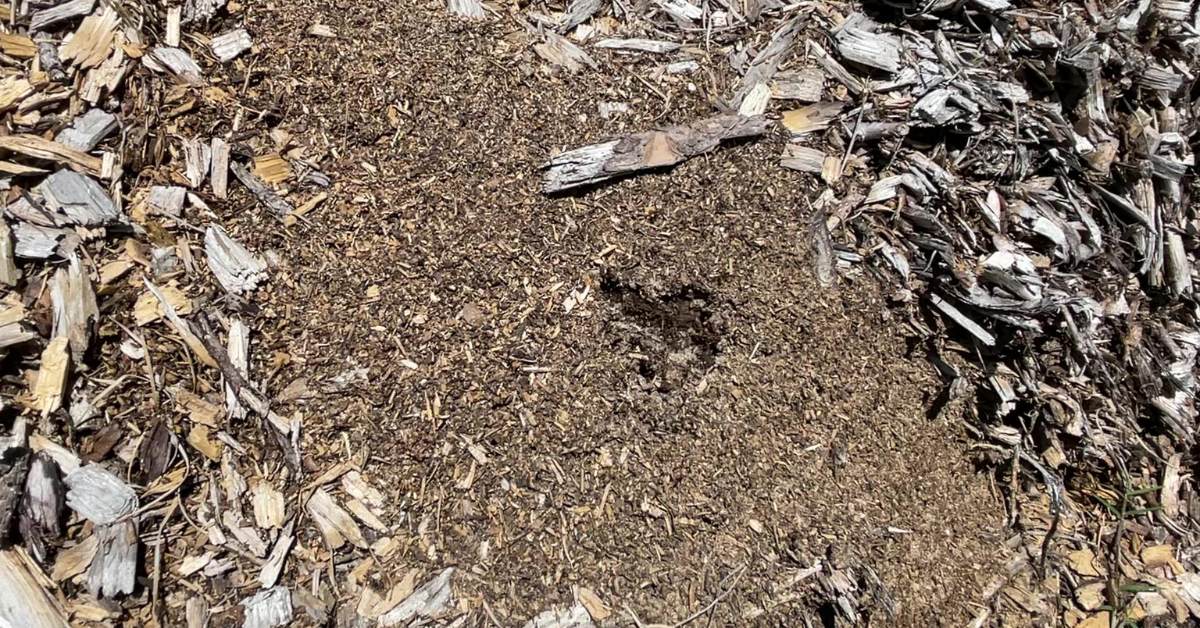What in the world is “bolting”?!
That’s what I thought when I first heard the term. Turns out, there are several definitions, which we’ll briefly cover.
However, our focus will be on bolting as it relates to plants.
Bolting in the context of growing food refers to the change that occurs in plants during their growth cycle. When a plant bolts, it shifts its focus from producing leaves and roots to creating flowers and seeds.
Therefore, another name for bolting is “going to seed.”
As a gardener or someone interested in growing vegetables, understanding bolting is an important part of managing your plants.
Very briefly, let’s discuss the other primary definition of bolting just to avoid confusion.
What Does “Bolting Food” Mean?
Bolting can also refer to the act of eating your food so quickly that you hardly chew or taste it. This habit can lead to digestive issues. For obvious reasons, it’s recommended to eat slowly.
Now I have a new phrase to share with my kids, “Stop bolting your food!” LOL
What Does “Bolting” Mean in Gardening?
Bolting in gardening refers to the sudden growth of a flower stalk on a vegetable plant. It occurs when the plant starts its reproductive process, focusing on producing flowers and seeds rather than the growth of the vegetable itself.
It’s essential to understand that bolting is a natural and desirable process for the plant, but it can be a problem for you as a gardener, especially when growing vegetables like lettuce, cilantro, or beans.
Bolting usually takes place due to hot weather conditions. When the ground temperature rises above a certain level, it triggers a survival mechanism within the plant, causing it to produce flowers and seeds rapidly while abandoning leaf growth almost entirely.
This response can also occur in cool-season crops during spring when they react to warmer temperatures and longer days.
How Bolting Affects Plants
When plants bolt, they shift their focus from growing their leaves or roots to producing flowers and seeds. This change can have several consequences on different aspects of the plant’s growth, health, and appearance.
One of the most significant effects of bolting is the change in flavor.
Plants like vegetables, including lettuce and spinach, tend to become bitter or woody once they start bolting. This negatively affects the taste and quality of your harvest, making it less appealing for consumption.
If you observe bolting in your garden, it’s best to harvest the leaves immediately to enjoy them while they still have their desired taste.
Another considerable effect is the reduced yield of plants.
When bolting occurs, the plant’s energy is devoted to producing seeds, causing a decline in leaf or root production. This leads to smaller harvests, especially in plants such as vegetables and beans.
For a gardener focused on obtaining a substantial yield, bolting plants can be disappointing.
Additionally, bolting can negatively impact the appearance of some ornamental plants. As the plant starts producing a tall single stalk with flower buds, it may lose its bushy and compact appearance.
This can make the plant visually less appealing, especially when used for landscaping purposes.
Bolting is often triggered by various factors like prolonged hot temperatures, cold snaps, inconsistent watering, inadequate nutrition, or too much shade and sunlight.
Addressing these factors and taking preventive measures will help you minimize the chances of bolting and keep your plants productive.
We’ll talk more about that below.
Can You Eat Bolted Veggies?
Once your vegetables have bolted, you might be wondering if they are still safe to eat. While some bolted vegetables can become inedible, there are a few instances when you can still consume them.
In general, once a plant bolts, it redirects its energy towards producing seeds, causing the rest of the plant to become tough, woody, and often tasteless or bitter.
However, as long as you can harvest leaves or roots that are not too woody, it’s possible to eat bolting plants. But do note that the taste and texture may not be as pleasant as when they were in their prime.
Some edible plants known for bolting include:
- Arugula
- Basil
- Beets
- Bok choy
- Broccoli
- Brussels sprouts
- Chives
- Herbs
- Lettuces (all greens)
- Onions
How to Make the Best Use of Bolting Edibles (& How You Can Still Enjoy Them)
Bolting Lettuce (& Other Greens)
When dealing with bolting lettuce and other greens like spinach, the leaves can often become bitter. However, this doesn’t mean you can’t use them. For example, mix bitter bolting lettuce with other salad greens to balance the flavors.
Another option is to use these bolting greens in cooked dishes, such as soups, pasta, or sandwiches, where the bitter taste will be less prominent.
You can also dehydrate the greens and powder them for smoothies.
Bolting Herbs
Bolting herbs, like basil, can also be used despite changes in flavor and leaf texture. If you couldn’t prevent bolting, you can harvest the leaves as soon as you notice it has bolted and make pesto.
Pinching off the flowering tops can also encourage the plant to continue producing tender leaves.
If you want to let your basil bolt (see the video below), you can still enjoy eat the basil flowers—they’re edible!
Bolting Broccoli (& Other Brassicas)
When broccoli and other brassicas like Brussels sprouts bolt, it affects the quality of your harvest.
Still, you can use some parts of the plant.
For example, broccoli florets that have started to bloom can be harvested and cooked as usual. Similarly, you can pick young leaves from bolted Brussels sprouts and use them instead of mature sprouts in recipes.
Bolting Onions
Bolting onions can be used in a few ways. If your onions bolt early, harvest the soft green tops and use them just like you would use green onions or scallions.
If you notice that the bottom bulb is still forming when the onion bolts, you can let it grow and later harvest as a smaller bulb.
Keep in mind that bolted onions won’t store as well as non-bolted ones, so consume them sooner.
As a side note, the bees absolutely LOVE it when plants bolt. Bees seem to love the flowers of bolted plants more than the pollinator flowers I planted specifically for them.
Here’s a little guy enjoying some bolted chives:

Bolting Cabbage
When cabbage plants bolt, the texture and flavor can be affected, but that doesn’t mean they’re unusable.
Harvesting the outer leaves of the bolted cabbage can provide a milder taste compared to the inner, more advanced leaves. These outer leaves can be used in coleslaw, stir-fries, or casseroles.
Remember to remove the thick white stems before cooking, as they can be tough and fibrous.
Signs That a Plant Is About to Bolt
As a gardener, knowing the signs that a plant is about to bolt can help you take measures to prevent it and maximize the harvest.
Here are the key indicators that your plant is on the verge of bolting:
First, watch for a sudden spurt in growth. When a plant is preparing to bolt, it will typically grow taller than its maturity height.
This rapid growth diverts the plant’s resources from producing tasty leaves to developing flowers and seeds.
Next, you may notice changes in the plant’s foliage. Leaves might become smaller or change their shape.
The color may also appear lighter, indicating that the plant’s energy is shifting from leaf production to flowering.
Flower heads also give clues that bolting is imminent. If you spot small flower buds or even fully formed flowers on your plant, it’s a strong sign that it is entering the reproductive stage.
Depending on the plant, these flowers may be visible at the center or on the side stems.

Dream of Filling Your Pantry with Homegrown Staples?
Plan your garden with our FREE PRINTABLE—Staples Garden: What to Plant to Feed Your Family for a Year!
How to Prevent Bolting
Bolting is a survival mechanism triggered, in large part, by stressful conditions. To prevent bolting in your plants, follow these tips:
1. Plant at the right time: Sow cold-tolerant vegetables, such as spinach and turnips, during cooler seasons like spring and fall. Pay attention to the growing tips on your seed packets as seed producers often provide information on the best timing and conditions to avoid bolting issues.
2. Keep the temperature consistent: Since bolting is often caused by temperature fluctuations, try to maintain a stable environment for your plants. Use shade cloth or plant in a partially shaded area to protect them from extreme heat during summer months.
3. Provide adequate water: Proper watering is essential, as drought stress can cause plants to bolt. Water your vegetables consistently, ensuring the soil is moist but not waterlogged. Adding a layer of mulch can help to retain moisture and regulate soil temperature.
4. Practice proper plant spacing: Overcrowded plants may bolt due to increased competition for resources, like light, water, and nutrients. Make sure to space your plants according to the recommendations on the seed packet or plant label.
5. Fertilize appropriately: Too much nitrogen can encourage bolting, so fertilize your plants with a balanced organic fertilizer or according to the recommendations for your specific crop.
6. Harvest regularly: Regularly harvesting leafy greens can signal the plant to continue producing new leaves instead of focusing on flowers and seeds, which can help delay the onset of bolting.
By following these guidelines, you can help prevent bolting in your vegetable garden, ensuring that you enjoy a healthy and bountiful harvest.
Frequently Asked Questions
Is Bolted Food Good or Bad?
Bolted food is not necessarily bad, but it can affect the quality and taste of the plant. When a plant bolts, it focuses its energy on producing flowers and seeds rather than leaves and roots. This can result in a bitter taste and can make the plant less enjoyable to eat. In some cases, bolted vegetables can become tough or unpleasantly fibrous. Despite these changes, bolted food is still edible and contains nutrients but may not be as palatable as it would have been before bolting.
What does Bolting Food Mean?
In general terms, bolting refers to eating food too fast. In gardening terms, bolting refers to the process when a plant starts the reproductive stage, shifting its focus from producing leaves and roots to creating flowers and seeds for the next season of plants. It is also commonly referred to as “going to seed” or “running to seed.”
What happens during Bolting?
During bolting, a plant undergoes the following changes:
- Flower stalk development: The plant starts to grow a stalk that will bear flowers, which is the first visible sign of bolting.
- Flowering: The flowers on the stalk open, attracting pollinators to aid in reproduction.
- Seed formation: Once the flowers are pollinated, they turn into seed pods or fruits containing seeds.
- Resource allocation: The plant’s energy and resources are redirected from leaf and root growth to the production and ripening of seeds.
Bolting can occur in a range of vegetables, such as lettuce, collards, Brussels sprouts, broccoli, and other greens. Factors like high temperatures, long days, and changes in moisture can trigger this process.
To prevent bolting or slow it down, gardeners can provide shade, plant bolt-resistant varieties, and harvest their vegetables promptly before they have the chance to bolt.









